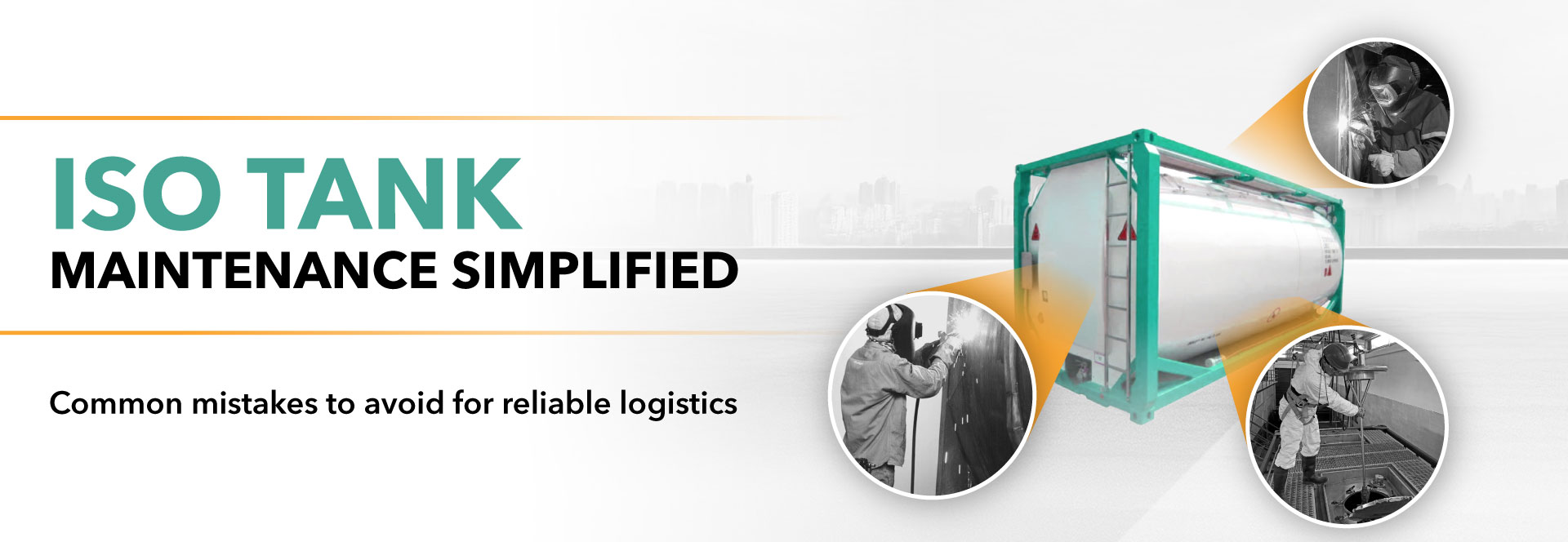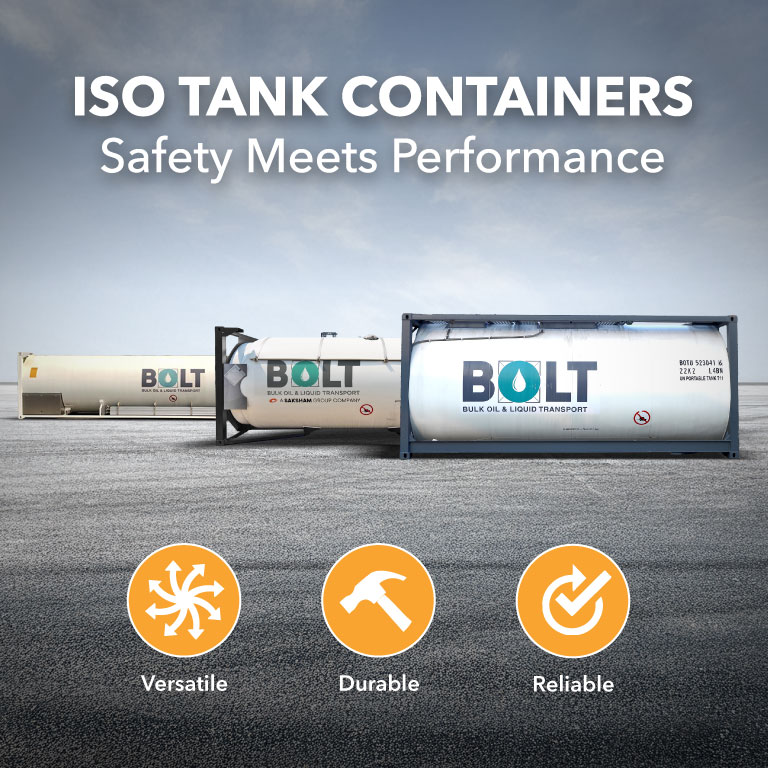
Top 5 Mistakes to Avoid When Maintaining ISO Tanks
Maintaining ISO tanks is essential for ensuring smooth operations in ISO tank logistics. These tanks, used to transport liquids and gases across industries, are built for durability but require diligent upkeep to maintain their efficiency and safety. However, even experienced operators can make mistakes that lead to contamination, costly repairs, or operational delays. This guide highlights the top five mistakes in ISO tank maintenance—and how to avoid them.
- Ignoring Regular Cleaning and Inspection
ISO tanks transport a variety of materials, from food-grade liquids to hazardous chemicals. Over time, residues can build up inside the tank, leading to contamination, corrosion, and even chemical reactions. Regular cleaning is crucial, not only to maintain hygiene but also to extend the tank’s lifespan.
Common Pitfalls:
- Failing to clean tanks thoroughly after each use.
- Skipping regular visual and technical inspections for interior and exterior damage.
Best Practices:
- Implement a robust cleaning protocol based on the material transported.
- Use certified cleaning stations and ensure that staff is trained in proper cleaning procedures.
- Schedule regular inspections to identify early signs of wear and tear, addressing issues before they escalate.
- Overlooking Certification and Compliance Requirements
ISO tanks must comply with international standards, including certifications that validate their suitability for use. Missing these deadlines or neglecting compliance checks can result in operational disruptions, fines, and potential safety hazards.
Common Pitfalls:
- Forgetting to renew certifications on time.
- Relying on outdated documentation during inspections.
Best Practices:
- Maintain a digital log or automated reminders to track certification due dates.
- Partner with accredited agencies to ensure tanks meet all regulatory requirements.
- Using Incompatible Materials
Every ISO tank is designed with specific materials to handle certain types of liquids or gases. Transporting materials that are incompatible with the tank’s construction can lead to corrosion, contamination, or even accidents.
Common Pitfalls:
- Assuming all ISO tanks are universal.
- Ignoring the Safety Data Sheets (SDS) provided by manufacturers.
Best Practices:
- Understand the properties of your cargo and its interaction with tank materials.
- Ensure compliance with IMDG regulations or consult ISO tank logistics experts to select the right tank for every shipment.
- When in doubt, seek expert guidance to make informed, reliable decisions.
- Delaying Repairs and Routine Maintenance
In ISO tank logistics, small issues can quickly become costly problems if not addressed promptly. A minor defect, for example, can worsen under the pressure of repeated use, leading to leaks or structural failure.
Common Pitfalls:
- Postponing minor repairs due to cost or time constraints.
- Using unqualified technicians for repairs.
Best Practices:
- Adopt a preventive maintenance schedule that includes periodic repairs and overhauls.
- Engage certified repair depots familiar with ISO tank standards.
- Improper Handling and Storage Practices
Even the sturdiest ISO tanks can sustain damage if mishandled during loading, unloading, or storage. Poor handling practices can lead to dents, frame damages, or misalignment of fittings, all of which affect performance.
Common Pitfalls:
- Relying on untrained staff for tank handling.
- Storing tanks in areas exposed to uneven terrain.
Best Practices:
- Train personnel in proper handling and storage procedures, emphasizing care and safety.
- Use protective measures such as appropriate lifting equipment and secure storage racks.
- Storing tanks in areas with uneven terrain can compromise stability and safety."
Conclusion: Maintenance for Long-Term Success
In ISO tank logistics, maintenance isn’t just about keeping the tanks in working order—it’s about safeguarding your assets, protecting your investment, and ensuring compliance with safety standards. By avoiding these common mistakes and adopting proactive maintenance strategies, you can optimize operations, reduce costs, and enhance your reputation for reliability.
Remember, your ISO tanks are the backbone of your logistics operation. Treat them well, and they will ensure your cargo reaches its destination safely and efficiently.










